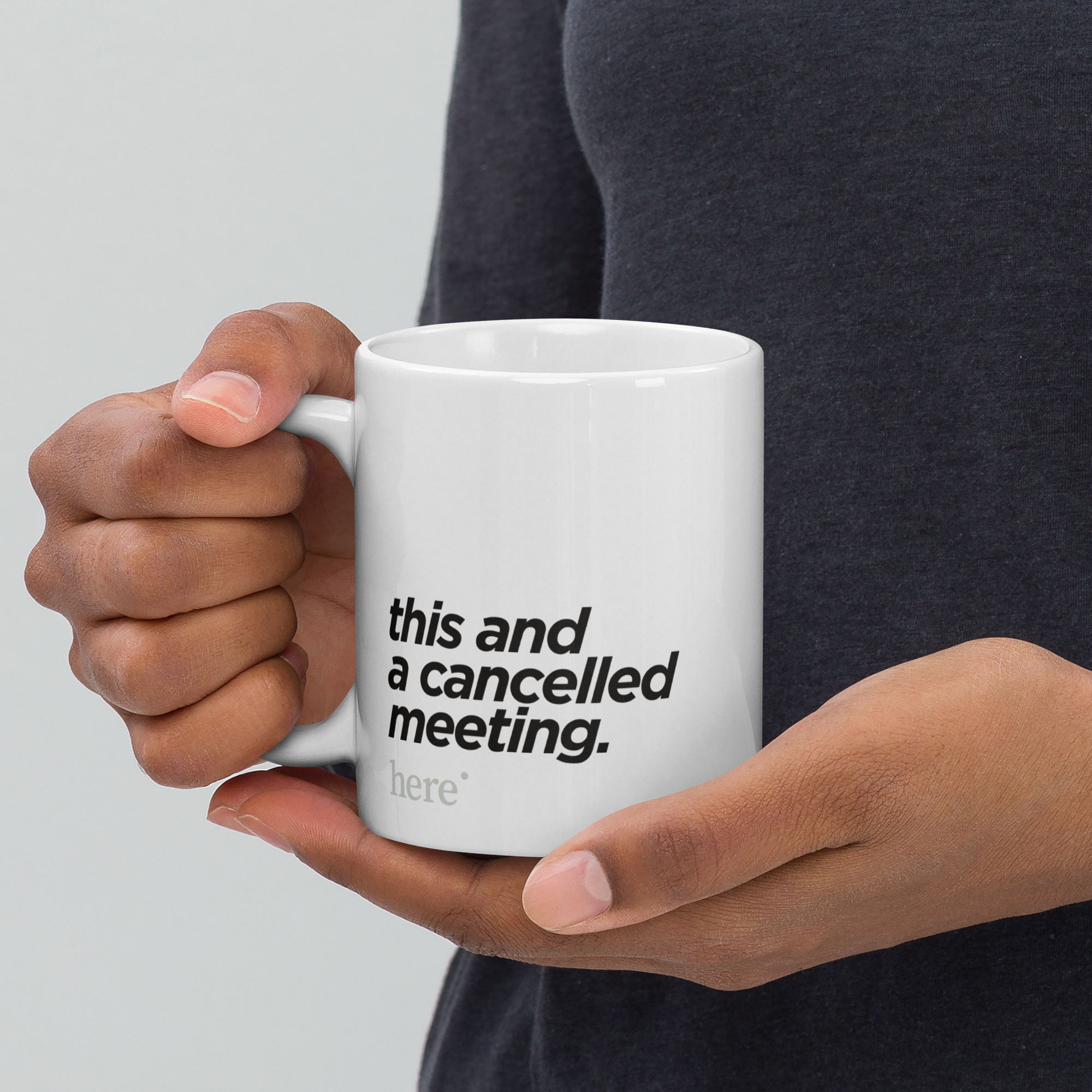In Microsoft’s now-famous Work Trend Index report, one finding hit a nerve: the workday isn’t ending anymore.
The study analyzed billions of Microsoft 365 productivity signals and found that while most people log on around 9 a.m., there’s a second work peak around 10 p.m. That’s not flexibility—that’s burnout dressed up in sweatpants.
This is what Microsoft calls the “infinite workday,” and if you’ve checked your Slack at midnight or opened your laptop during what was supposed to be dinner, you’ve felt it too.
What’s Driving the Infinite Workday?
Let’s be clear: it’s not that we’re suddenly more passionate or productive. It’s that the boundaries between work and life have evaporated—and the systems around us haven’t caught up.
Three main drivers are at play:
Always-On Expectations
Remote work gave us location freedom but quietly installed a 24/7 presence requirement. If your notifications are always on, your brain never fully logs off.Calendar Creep
With meetings now defaulting to Zoom, they’ve ballooned. Microsoft found the number of weekly meetings increased 153% since the pandemic began. That’s not collaboration—it’s coordination theater.Performance Paranoia
Without hallway feedback or visual signals of “doing enough,” many employees feel the need to prove they’re online and engaged—even when their tank is empty.
The Cost of Remote Work and Always On Culture
The Microsoft study isn’t an outlier. The data is everywhere:
Gallup reports 44% of workers feel burned out sometimes, and 23% feel it very often
Researchers from Stanford found that productivity drops sharply after a 50-hour workweek
Deloitte’s Gen Z and Millennial Survey found nearly half want better work-life boundaries—and many are willing to quit to get them
This isn’t a vibe shift. It’s a systems failure.
So What Can Organizations Do?
The answer isn’t another mindfulness webinar.
Organizations serious about addressing the infinite workday need structural solutions:
Redesign the Workday
Timebox deep work hours. Normalize asynchronous communication. Build tech-free sprints into the culture.Change What “Responsiveness” Means
Not all messages are urgent. Define what deserves an immediate reply—and what can wait.Reward Outcomes, Not Hours
If we’re still measuring performance in availability and face time, we’re reinforcing the problem.Train Managers to Set Boundaries
Leadership sets the tone. If your manager answers emails at midnight, you will too. Teach and model healthier rhythms from the top.
We Can Help
At here*, we help progressive organizations reimagine how work works—starting with mental and attentional health. From custom workplace training to full-scale organizational design, we help teams build cultures where people can think, focus, and actually stop working at a reasonable hour.
Because your best people aren’t infinite. And the workday shouldn’t be either.



